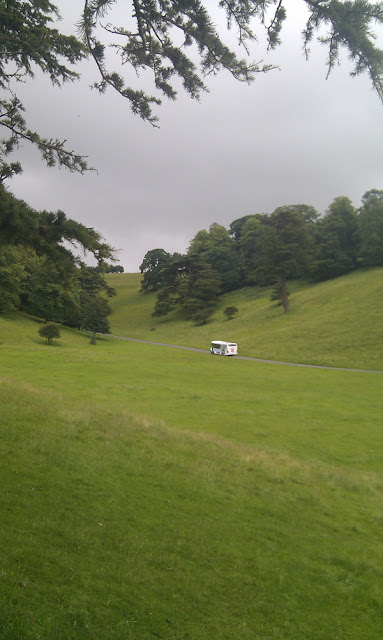There is a wealth of content and material relating to landscape and sense of place on line, as categorised in the gazetteer of landscape on the web on this blog. And yet, to
really get under the skin of the subject the physical book (or the
ebook, if you are that way inclined) remains for me the best routeway
into deeper understanding and contemplation; although building up a
personal library does require both space and an understanding partner.
Click here for a selection of the books and journals
that I feel provide a comprehensive and diverse landscape
biblio-resource.




